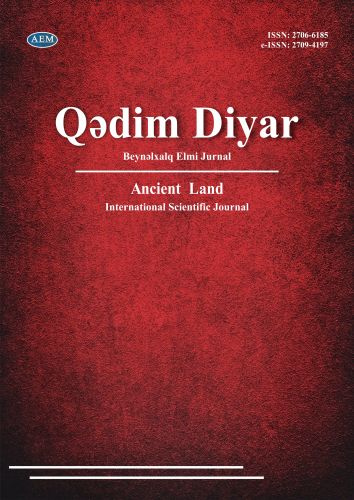https://doi.org/10.36719/2706-6185/45/212-217
Ravan Gafarov
Azerbaijan State University of Economics
master student
https://orcid.org/0009-0003-1277-4679
qafarov.r@icloud.com
Comparative Analysis of Financial Monitoring Tools and Techniques for Detecting Money Laundering Across Different Jurisdictions
Abstract
This comparative study examines financial monitoring tools and anti-money laundering (AML) techniques across different jurisdictions, focusing on the European Union (EU), United States (US), Asia, and the Middle East. It evaluates both traditional rule-based mechanisms and AI-driven methods, highlighting how each region’s regulatory framework and technological adoption shape their effectiveness. The findings indicate that each jurisdiction employs a distinct blend of approaches: the EU’s harmonized AML Directives enforce risk-based monitoring across member states, the US relies on robust Bank Secrecy Act (BSA) reporting and extensive suspicious activity reporting systems, while advanced Asian financial hubs (e.g. Hong Kong, Singapore) are piloting innovative RegTech solutions amid slower AI uptake in parts of the region. In the Middle East, AML practices vary widely, with some Gulf countries implementing modern systems even as others remain on FATF’s grey list. AI-based monitoring tools are increasingly complementing traditional methods globally, yielding improved detection of complex laundering patterns and reduced false positives. However, challenges persist in every region, including regulatory constraints, data privacy issues, operational costs, and the need for model transparency. This study provides a structured comparative analysis of AML monitoring mechanisms, supported by academic and regulatory sources, and discusses their advantages, limitations, and implications for policy.
Keywords: anti-money laundering, financial monitoring, artificial intelligence, regulatory compliance, comparative analysis

